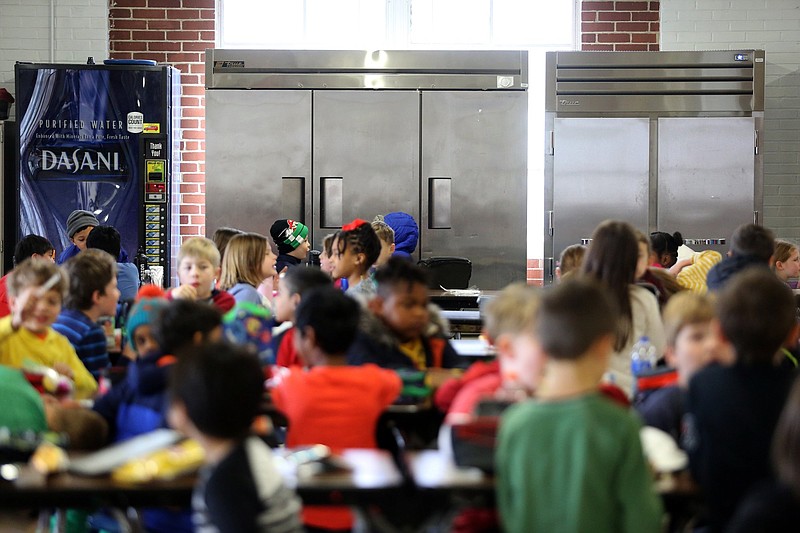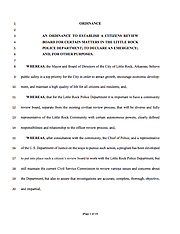When classes begin again this fall, schools across Tennessee might reopen campuses right away or gradually, stagger student schedules, continue providing virtual distance learning or even adopt year-round models that only allow a set number of students on campus at a given time.
These options, many that have already been discussed and are under consideration in Hamilton County and other school districts across the state, were officially laid out in long-awaited guidance released by the Tennessee Department of Education on Monday.
The 44-page report asks school districts to consider how to reopen schools "within public health and education recommendations and guidelines," to plan for a resurgence of coronavirus cases or documented cases of more than one individual in a school and to plan to provide options for students who must stay home due to underlying medical conditions, infection or exposure.
Education Commissioner Penny Schwinn reviewed the document with superintendents from across the state during a conference call Monday.
Schwinn was clear that the report is a "guidance document" and not a set of mandates and should be used as a resource for local decision-making, according to school officials on the call.
The commissioner will actually discuss the report when she testifies virtually before the U.S. Senate Committee on Health, Education, Labor and Pensions Wednesday as part of a full committee hearing on "COVID-19: Returning to School Safely."
Schwinn will be sharing how the state's districts, educators and education department worked to serve Tennessee students this spring amid the global pandemic and highlight how the state is continuing to focus work around student needs for the coming school year, according to a media advisory.
More Info
For more information from the Tennessee Department of Education, visit: www.tn.gov/education/health-and-safety/update-on-coronavirus/reopening-guidance.html.
"No different than the past several months, the work of reopening schools and addressing the academic and nonacademic needs of all children will be like never before. We are navigating the very fabric of education and how we build critical relationships, deliver excellent instruction and provide opportunities for all of our children to thrive," Schwinn said in a statement Tuesday. "This is difficult work and I have been inspired day after day by the way that Tennesseans have come together and shown our collective love for children and commitment to their wellbeing."
Many of the report's conclusions will not be new ideas for school districts and educators who have been grappling with how to ensure students continue to learn while schools were closed this spring and in the event they must close again this fall.
"From an academic standpoint, there's no secret to how it has impacted operations, to lunches and buses, but what it has done is it's forced [school] systems to think differently about how we deliver education," Hamilton County Schools Superintendent Bryan Johnson said last month as he launched the district's own reopening task force. "Candidly, I think many systems will be transformed forever, and we will be one of those."
The state department's guidance provides a numeric framework, or a "decision-making starting-point" for districts, when evaluating schools' readiness to reopen. A "1" indicates that virus levels are still high and schools should not consider reopening, while a "4" indicates that virus levels are low and schools are ready to be fully operational as long as they have established procedures for preventing the spread of COVID-19.
The guidance mentions recommendations already made by the U.S. Centers for Disease Control and Prevention such as requiring face masks, conducting temperature checks and enforcing social distancing - but it doesn't address reducing class sizes, bus capacity, or other operational logistics currently keeping school leaders up at night. Many school districts are also already struggling with tight budgets and worry about how to pay for additional operating costs this fall.
The department intends to release a number of additional "toolkits" to assist school leaders in a variety of areas as well as work with the state Board of Education to provide clarity around policies that might need to be updated or changed to provide districts flexibility for the upcoming school year.
Contact Meghan Mangrum at mmangrum@timesfreepress.com or 423-757-6592. Follow her on Twitter @memangrum.

